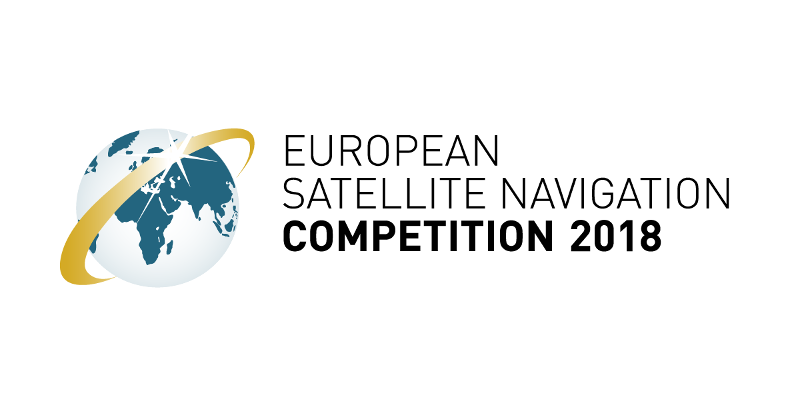Els professors de l'EETAC, Jordi Gutiérrez i Pilar Gil, i l'ex-estudiant de l'EETAC que ara comença la tesi, Carlos Lledó, finalistes de l'European Satellite Navigation Competition (ESNC)
07/11/2018
The innovation competition annually awards the best services, products, and business ideas using satellite navigation in everyday life. Its mission is to spur the development of marketdriven applications based on satellite navigation technologies. Since 14 years the competition proofs that satellite navigation technologies open the door to myriad applications!
The international innovation competition serves as accelerating instrument for space‐related entrepreneurs and startups, providing Europe with path‐breaking novelties. Since its initiation in 2004, the ESNC has always been scouting the most forward‐thinking applications based on satellite navigation and remains to set benchmark levels of space‐related innovations for Europe.
UNIVERSITY CHALLENGE: FROM THE LECTURE HALL TO THE BOARD ROOM
FINALISTS 2018
Femtosatellites to determine thermospheric density
Jordi L. Gutiérrez, Carlos Lledó Ardila, Pilar Gil-Pons
The knowledge of the density of the lower thermosphere (100-250 km) is poor due to the scarcity of satellites in this layer. Learning more about the thermosphere would improve the ability to forecast satellite re-entry and optimise related physical models, along with the understanding of the thermosphere’s relationship to both the ionosphere and the mesosphere.
The idea proposes a swarm of spherical femtosatellites (less than 100g in mass) to determine the lower thermosphere’s density by means of an ultra-low-noise MEMS accelerometer. Times and locations will be provided by an MEMS GNSS receiver, which will also be a backup system for determining density by means of orbital evolution analysis. Furthermore, the solution includes TLEs (two-line element sets) for the satellites to provide yet another means of fulfilling its mission. In the latter two cases, density will be an average of real (point) values, which can only be determined by the accelerometer.
The spherical shape will allow for non-stabilised satellites, as the drag coefficient will not depend on attitude. The electronics will be embedded in aerogel in order to substantially increase the ballistic coefficient.
More info:

Comparteix: